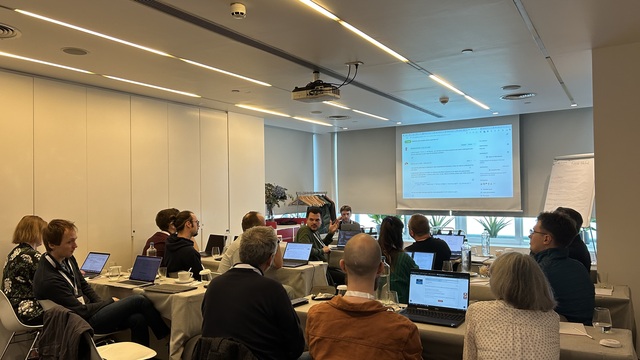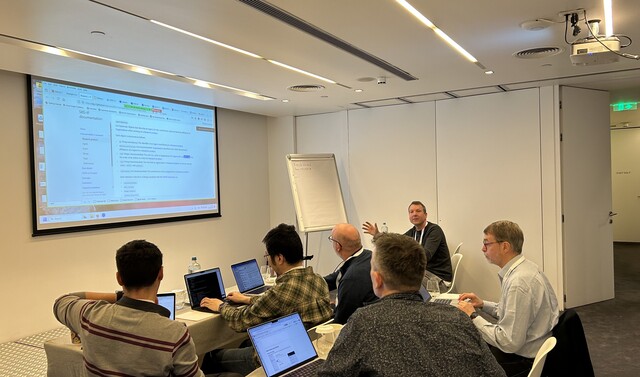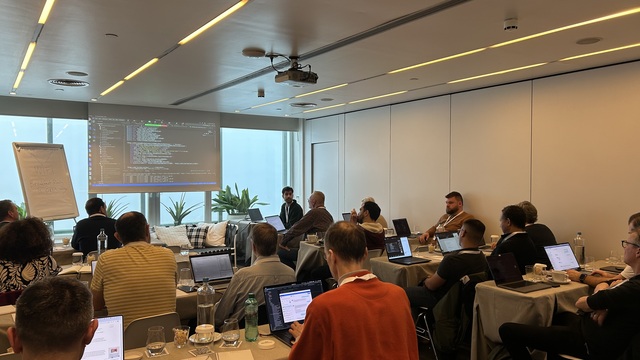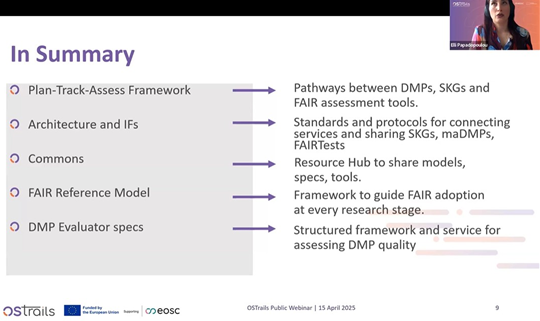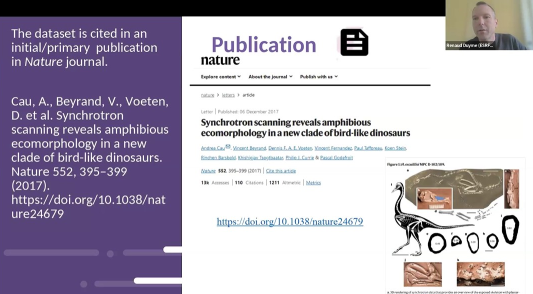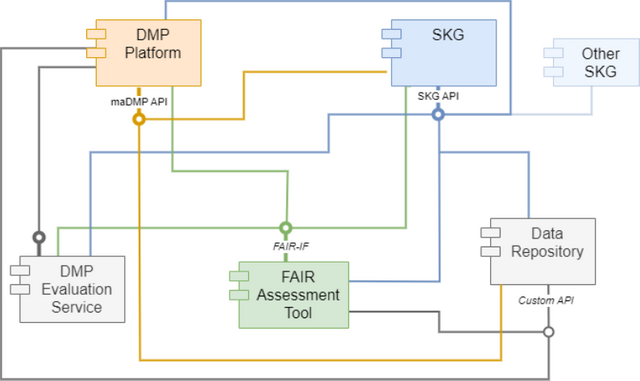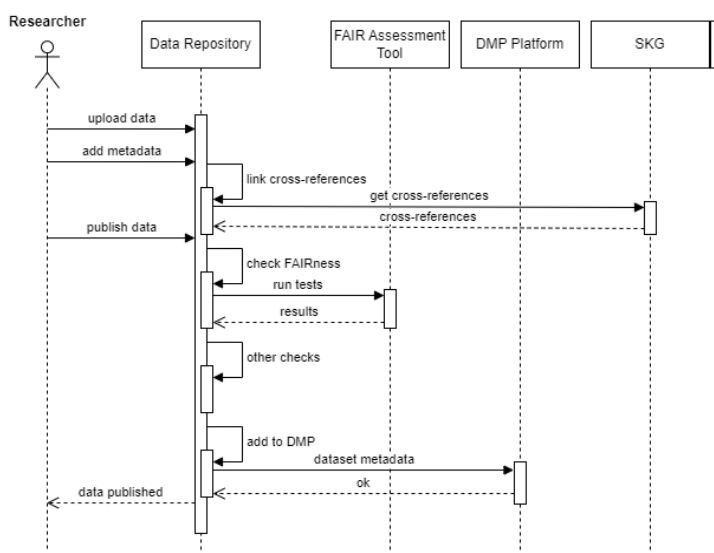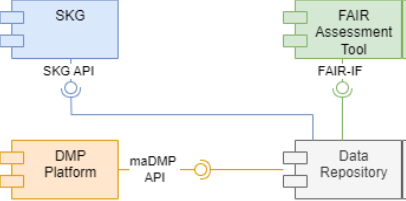OSTrails at PISA 2025: Advancing the Role of Grey Literature in Open Science
OSTrails participated in the conference with a poster presentation titled “Making Grey Literature FAIR: OSTrails and the Power of Scientific Knowledge Graphs.” The session provided a valuable opportunity to engage with peers and showcase how the project addresses key challenges in managing and integrating grey literature.
Key takeaways
- Grey literature is a major part of research output across disciplines.
- It remains undervalued due to outdated perceptions and low visibility.
- Making grey literature FAIR is essential for discoverability and reuse.
- Key barriers include lack of metadata standards, PIDs, and infrastructure.
- Integration into platforms like Scientific Knowledge Graphs is crucial.
- Research assessments must evolve to value diverse outputs.
The Central Message of the Conference
The conference strongly underscored the evolving and increasingly vital role of grey literature (or "grey resources") in contemporary scientific communication. It made clear that the landscape of knowledge dissemination is undergoing a significant transformation, moving beyond the traditional emphasis on peer-reviewed journal articles. Grey literature, including datasets, software, protocols, technical documentation, and project reports, is now recognised as a critical component of the research ecosystem.
The event challenged longstanding misconceptions and outdated perceptions surrounding grey literature, advocating for its recognition as a legitimate and essential part of scholarly communication. Key themes included the necessity for such resources to be open access, appropriately networked, and sustainably maintained to ensure long-term value and usability.
Why This was Important for OSTrails.
This conference was of particular importance to the OSTrails project, as it directly addresses many of the challenges surrounding grey literature highlighted during the event. OSTrails’ presentation, “Making Grey Literature FAIR: OSTrails and the Power of Scientific Knowledge Graphs”, clearly aligned the project’s mission with the conference’s core themes.
OSTrails is focused on enhancing the discoverability and reusability of grey literature produced by research-performing organisations, funders, and infrastructures, particularly within the context of Open Science and the European Open Science Cloud (EOSC). One of its primary innovations is the transformation of Data Management Plans (DMPs) from static documents into dynamic, machine-actionable resources that are linked to research outputs and integrated into repositories and Scientific Knowledge Graphs (SKGs).
Beyond DMPs, OSTrails also aims to make a broad range of grey outputs—such as datasets, software, and reports—FAIR and more visible. This is achieved through the use of structured metadata, Persistent Identifiers (PIDs), and integration into SKGs. By working with repositories, catalogues, and institutional databases as entry points into these networks, OSTrails is helping to embed grey literature within the wider research ecosystem.
Participation in this conference provided a valuable platform to demonstrate how OSTrails’ standards-based integration approach—codified in the Interoperability Reference Architecture—can significantly improve the visibility, discoverability, and strategic value of grey resources.
Why This Was Important for Open Science More Broadly
The conference held considerable relevance for the wider Open Science movement. It reinforced the principle that Open Science must embrace the full range of research outputs, not just conventional journal publications. The integration of grey literature, including datasets, software, and protocols, is fundamental to the principles of transparency, reproducibility, and accessibility.
Ensuring that grey literature is FAIR is key to unlocking the value of large volumes of scientific work that have traditionally remained underutilised or overlooked. The event also spotlighted the role of scientific libraries and other research infrastructure in supporting the broader sharing and preservation of diverse research materials.
Overcoming technical and cultural barriers—such as the lack of standardised metadata, missing PIDs, and poor indexing of grey literature—is crucial to creating an interoperable Open Science environment, especially in the context of initiatives like EOSC.
Importantly, the event drew attention to the need to reform research assessment practices. Grey literature's under-recognition is symptomatic of broader systemic issues, where commercial journal articles continue to dominate despite the scientific value of other outputs. Valuing these diverse contributions is essential for a more inclusive and impactful research culture.
Insights from the Conference
The impressions from the conference, particularly from the panel session, suggest a community deeply engaged with the inherent value and challenges of grey literature. There was a strong sense that grey literature is vital, especially in specific domains and developing countries, but faces significant hurdles due to historical perceptions (e.g., perceived lack of peer review or lower credibility), lack of standardised practices (metadata, citation), poor discoverability (not in commercial databases), infrastructure limitations (especially concerning digital libraries and OCR), and lack of PIDs. The discussions highlighted that while some grey literature is peer-reviewed, the perception and lack of indexing hinder its recognition. There was a clear call for moving beyond the "grey" label itself, perhaps referring to these as "resources" due to their varied formats.

Claudio Atzori (CNR) presenting OSTrails poster
Notable Reflections from OSTrails
A striking moment during the panel session came when one participant provocatively asked, “How do we protect science from grey literature?”—reflecting concerns about quality control, inconsistent practices, and limited visibility.
Yet, a more constructive response emerged: “How do we protect grey literature from the misinformation we see in today’s society?” This shift in perspective reframes grey literature not as a risk, but as a valuable and vulnerable resource that must be safeguarded through better practices, robust infrastructure, and responsible stewardship.
Conclusions
Attendance at the PISA 2025 conference confirmed the strong alignment between OSTrails and the broader goals of the grey literature and Open Science communities. It was evident that making grey literature FAIR is not merely a technical challenge but also a cultural and institutional one. OSTrails is well-positioned to support this shift by offering practical tools, standards, and frameworks—including machine-actionable DMPs, integration with SKGs, and FAIR maturity assessments.
The conference provided validation of OSTrails’ approach and strengthened its connection with key stakeholders tackling these challenges. Moving forward, continued efforts in standardisation, infrastructure development, and policy advocacy will be essential to ensuring grey literature achieves its rightful place in the scientific knowledge ecosystem.
—Written by Claudio Atzori from National Research Council of Italy (CNR)
- Created on .
- Last updated on .
- Hits: 19




